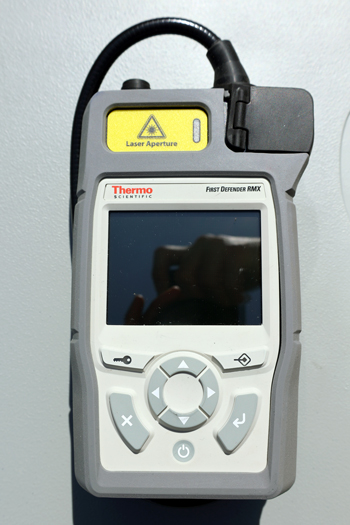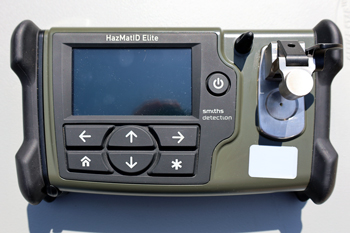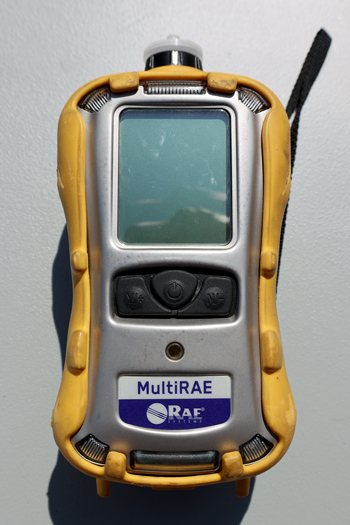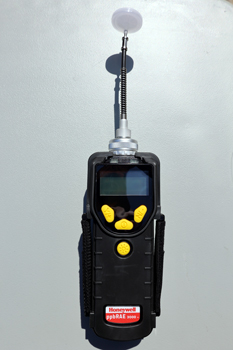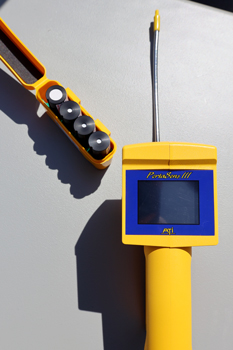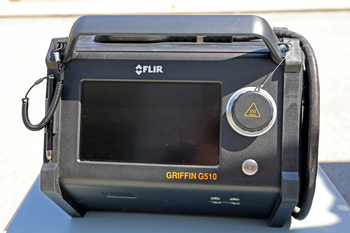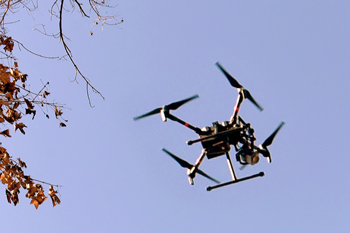About Hazmat and Radiation Training
The IDHS Hazmat Section and Radiation Programs assist with state, district and local trainings and exercises, as well as offer courses and workshops available for registration through the state's course catalog in the Acadis Portal. Public safety agencies — including emergency management agencies (EMAs), local emergency planning committees (LEPCs) and fire departments — can inquire about training to be offered on a topic in their area.
Upcoming Trainings
Note: Not all events on the IDHS calendar are organized, hosted or sponsored by IDHS or other state agencies. Some events are included for informational purposes as events that the public or first responders may find beneficial.
Training and Resources
- Acadis Portal
IDHS uses the Acadis Portal as the hub for scheduling training and maintaining certifications. It serves emergency managers, firefighters, law enforcement, emergency medical services, public works, public health, volunteer organizations, elected and appointed officials and others throughout the state with their training needs. The portal is updated periodically with courses that are available, so please check it for new offerings. Visit the Public Safety Identification (PSID) Information page for more information on Acadis and PSID numbers.
Need to Reactivate Your Acadis Account? Complete request form
- Equipment
IDHS has an updated collection of specialized equipment used for hazmat situations by the agency's hazmat specialists. Local fire departments can reach out to the Hazmat Section for in-person training to show how these items work. Departments that want to request the Academy's Hazmat trailer for technician-level initial and refresher trainings should request their equipment on the Fire Training Equipment Requests page.
- Exercises
IDHS hazmat and radiation staff participate in exercises throughout the state to practice planning and response efforts alongside local agencies. LEPCs that want to include hazmat components in their exercises, such as chemical spill response or plume monitoring, can request IDHS participation by emailing indianalepc@dhs.in.gov.
- Workshops
IDHS-led workshops can include administrative training or hands-on skills training. Workshops have included training about lithium battery responses, compressed natural gas vehicle responses, facility information for LEPC plan modules and hybrid decontamination.
IDHS also assists with hazmat awareness operations and technician courses.
- Resources
Managing Hazmat Incidents
The Agency for Toxic Substances and Disease Registry offers a series of guides and a training video with recommendations for EMS and medical personnel to follow for incidents of human exposure to hazardous materials. It also has templates to use to establish registries of people who have been exposed to hazardous materials during incidents.
General Resources
- Indiana Hazmat Conference (Indiana Alliance of Hazardous Materials Responders)
- Indiana TRAIN Course Catalog (Public Health Foundation)
- Initial Response to Chemical Hazmat Incidents (U.S. Department of Health and Human Services)
- Rapid Response Registry (Agency for Toxic Substances and Disease Registry)
- Worker Training Program (National Institute of Environmental Health Sciences)
Ammonia Responses
- Ammonia PPE, Response and Decontamination Tips (National Institute for Occupational Safety and Health)
Radiation Responses
- Community Planning Preparedness Checklist (Johns Hopkins Center for Health Security)
- Education, Training and Tools (U.S. Centers for Disease Control and Prevention)
- Medical Apps and Guidance (Radiation Injury Treatment Network)
- RadResponder
Transportation Responses
First responders may be familiar with the orange Emergency Response Guidebooks that cover how to respond to transportation accidents with hazardous materials. These are released by the U.S. Department of Transportation and are available online at phmsa.dot.gov.
CHEMPACK Program
CHEMPACK is a program funded by the federal Administration for Strategic Preparedness and Response. An asset for first responders, the program provides antidotes for people exposed to nerve agent attacks and large-scale pesticide poisonings. Learn more about Indiana's program at the Indiana Department of Health's CHEMPACK page.
Pipeline Map
The U.S. Department of Transportation offers the National Pipeline Mapping System Public Viewer, which shows the gas transmission and hazardous liquid pipelines in every Indiana county. You can also map incidents since 2002, natural gas plants and breakout tanks.
Public Education
- Hazmat Preparedness (IDHS)
- Chemical Emergencies (Centers for Disease Control and Prevention)
- Chemicals and Hazardous Materials Incidents (Ready.gov)

